Our wonderful writer, Stuart Miller-Osborne has written this wonderful article about the English Diarist, Francis Kilvert. I loved reading it and am sure that you will too.
Rita
FRANCIS KILVERT
Of all the cities in England, Bath must be one of the most beautiful. Whether you approach it from Bristol or Wiltshire the effect is the same, the gentle Bath Stone soft in the light of the day.
I was lucky, as I spent my early years living near Bath and grew to know and love the city. Indeed my sole aged parent does not live far from this lovely city and I have occasion to visit its Georgian splendour quite often
It was during my days at school, that my then not so aged parent took me on literary trips and trips of interest around the city and beyond. Whether it was to see William Beckford’s folly that stands high above the city or tracing the footsteps of Jane Austin these were jolly days.
 |
Robert Francis Kilvert
1840-1879 |
However one name stood out for me above all others. This was a member of the Victorian clergy who died at the very early age of thirty nine. His name was Francis Kilvert.
You may, or may not have heard of him, but if you have not then you are in for a treat as he kept a diary (which he never intended to be published) that detailed the minutiae of Victorian rural life and gave us a window into this lost and lamented world.
In the days that he kept his diary the British Empire stretched from India to most other parts of the globe. Yet for all the many miles governed by Britain his diaries are very intimate as to the everyday happenings of his flock and the landscape that surrounded them.
There are a number of very good books on the market about Kilvert and there is also an appreciation society run by some friendly folk who arrange tours of Kilvert Country and collect memorabilia to ensure that it is preserved for future generations.
The book that I am reviewing here is simply called Francis Kilvert by David Lockwood and was published in 1992. This is a short biography beautifully written which is not surprising as the author knew William Plomer who edited Kilvert’s diaries which were published between 1938-1940. Indeed by questioning Plomer about what was left out he has been able to give a sharper picture of Francis Kilvert. The book which runs to some one hundred and sixty pages does not bog itself down with trivia which some current biographies trap themselves in. I recently read a biography which detailed the health of the author in question in such detail that I felt that I knew more about his constipation than poor writer himself. To me, unless the wretched writer died of an illness connected to constipation this was unnecessary detail.
Lockwood biography of Kilvert does not bog itself down with such detail and the richness of his life comes through. Kilvert was not alone as keeping a journal. Indeed the brothers John and Charles Wesley both kept journals. So did Samuel Pepys and John Evelyn amongst many others. So why was Kilvert special Lockwood asks ?
The answer lies in the simplicity of his observations. There have been other members of the clergy, most notably Gilbert White and Parson Woodforde who have both been published over the years. White’s The Natural History of Selbourne (1769) is really a collection of letters whilst Parson Woodforde’s journal of 1770 is entertaining, but is too Epicurean for my taste. Kilvert is a distant relative of these two but is nearer someone like Fanny Burney and Dorothy Wordsworth with his eye for detail and feel for the environment.
Lockwood’s biography brings this to light in subtle ways and at times you think you are in a time warp sharing the life of Kilvert during this period in the latter part of the nineteenth century. If you at all interested in this I urge you to read this biography (you should be able to get this from Henley library) and also read Plomer’s edition of the diaries. You are in for an experience.
I will close this review with a short account of Kilvert’s life to give you a feel of the man should you tackle the biography or the diaries. I have also added a couple of references, which may help you in your studies.
Francis Kilvert was born near Chippenham in Wiltshire on the 3rd of December 1840. His father was a member of the clergy and he was subsequently privately educated in Bath with his uncle, before going up to Oxford in in June 1859. These were indeed happy years for him. During his time at Oxford, he resisted the overtures of The Oxford Movement and remained Low Church throughout. After he left Oxford he became a rural curate and soon ended up in the border counties between England and Wales. This is the slightly mysterious part of Britain which spawned such writers as A.E Houseman (A Shropshire Lad) and Peggy Anne Whistler (Margiad Evans, whose visionary novels are set near Ross on Wye). A little further away from here in St Asaph in North Wales came Gerard Manley Hopkins the Jesuit poet (If you are to read one poet before you die, do read Gerard Manley Hopkins extraordinary work which is different to anything else written, before or since. My views about poetry changed totally after discovering Hopkins many years ago)
From 1865 Kilvert was curate Clyro in Radnorshire in an area he loved a great deal and this is reflected in his journals. Later he became vicar of St Harmon again in Radnorshire and later still he became vicar of Bredwardine in Herefordshire until his untimely death. He actual death from peritonitis was very sad as it came on the 23rd of September 1879 some ten days after returning from his Scottish honeymoon with his bride Elizabeth Anne Rowland, who he had met in Paris some years previously.
Kilvert did not have an ego and this is reflected in his diaries. He saw to be alive was a luxury. He loved the simple things of life, the landscape and people of the border counties. There is always truth in his record of those times. His gravestone I think sums him up
“ He being dead yet speaketh”
Stuart Miller-Osborne
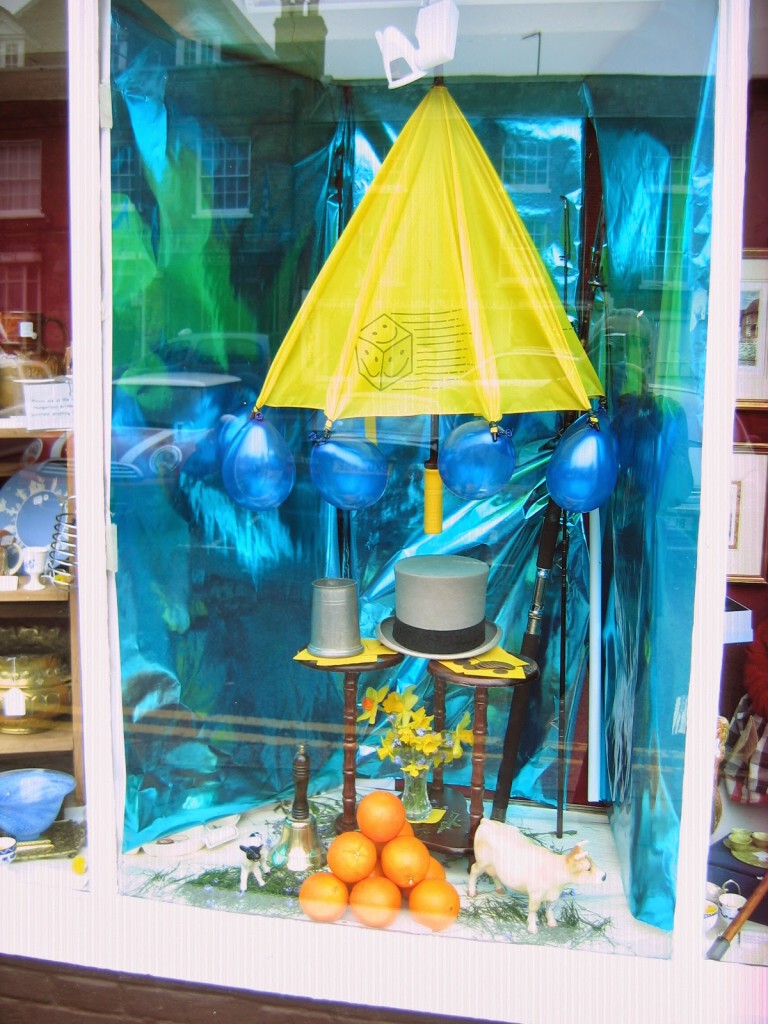 We always enjoy Tutti Day at Hungerford Arcade as do all the towns folk and businesses in this beautiful market town. Hungerford is the only place in the country to have continuously celebrated Tutti Day. Today, it marks the end of the town council’s financial year but, in the past it was a celebration of the town’s great patron, John of Gaunt, 1st Duke of Lancaster (1340-1399). Member of the House of Plantagenet and the third surviving son of King Edward III of England and Philippa of Hainault
We always enjoy Tutti Day at Hungerford Arcade as do all the towns folk and businesses in this beautiful market town. Hungerford is the only place in the country to have continuously celebrated Tutti Day. Today, it marks the end of the town council’s financial year but, in the past it was a celebration of the town’s great patron, John of Gaunt, 1st Duke of Lancaster (1340-1399). Member of the House of Plantagenet and the third surviving son of King Edward III of England and Philippa of Hainault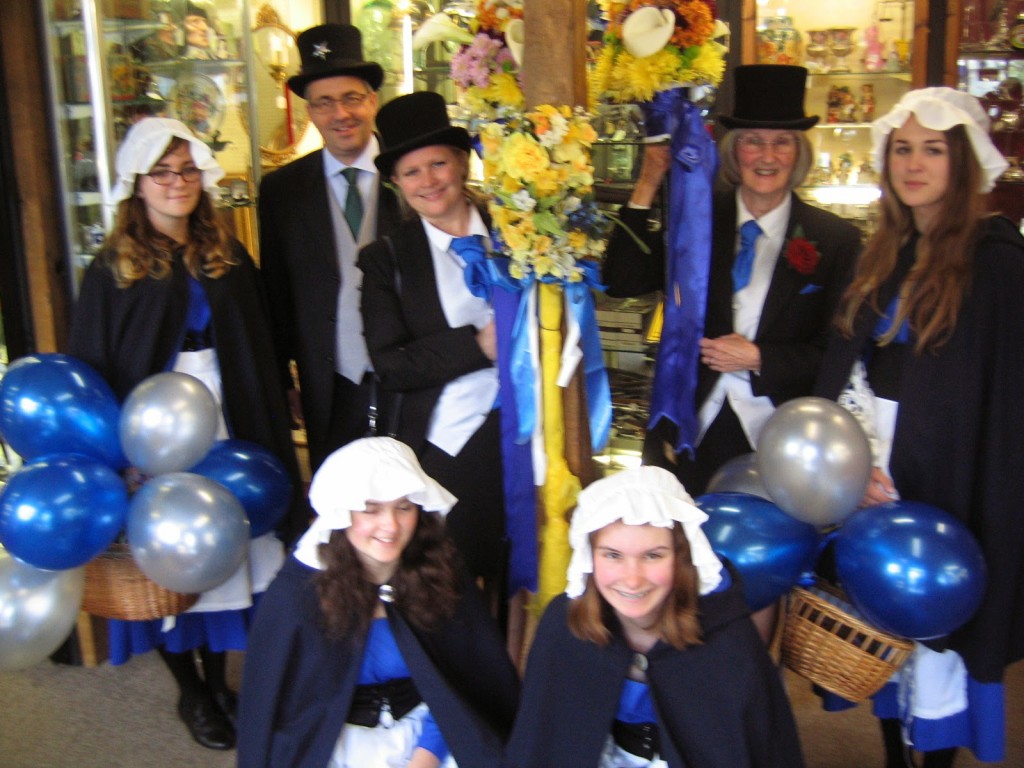 The Bellman, (or Town Crier) summons the Commoners of the town to the Hocktide Court held at the Town Hall, while two florally decorated Tutti Men and the Orange Man visit every house with commoners’ rights (almost a hundred properties), accompanied by six Tutti Girls drawn from the local school. Originally, the Tutti Men collected head pennies to ensure fishing and grazing rights. Today, instead of taxes, they collect kisses from each lady of the house.
The Bellman, (or Town Crier) summons the Commoners of the town to the Hocktide Court held at the Town Hall, while two florally decorated Tutti Men and the Orange Man visit every house with commoners’ rights (almost a hundred properties), accompanied by six Tutti Girls drawn from the local school. Originally, the Tutti Men collected head pennies to ensure fishing and grazing rights. Today, instead of taxes, they collect kisses from each lady of the house. 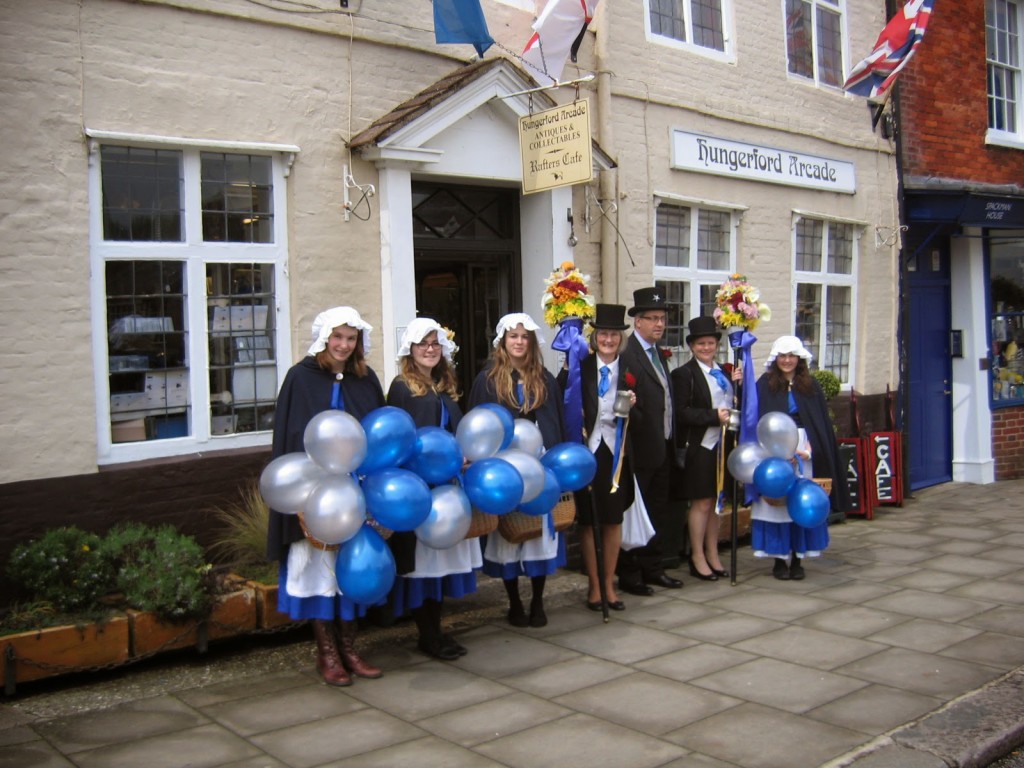

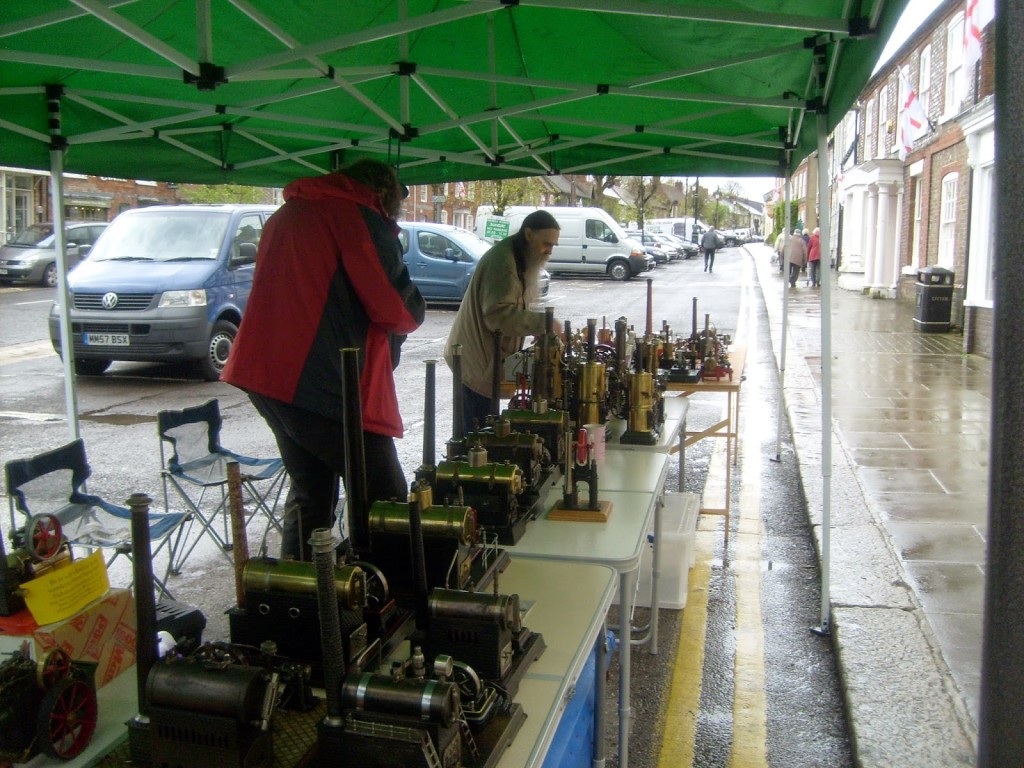
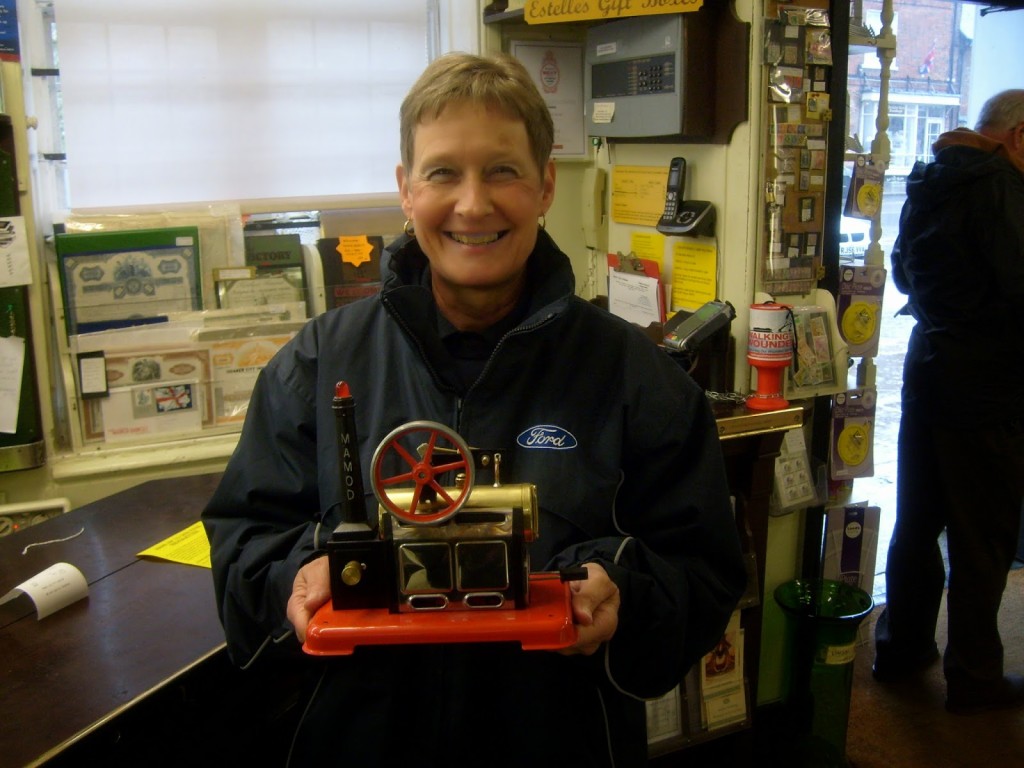


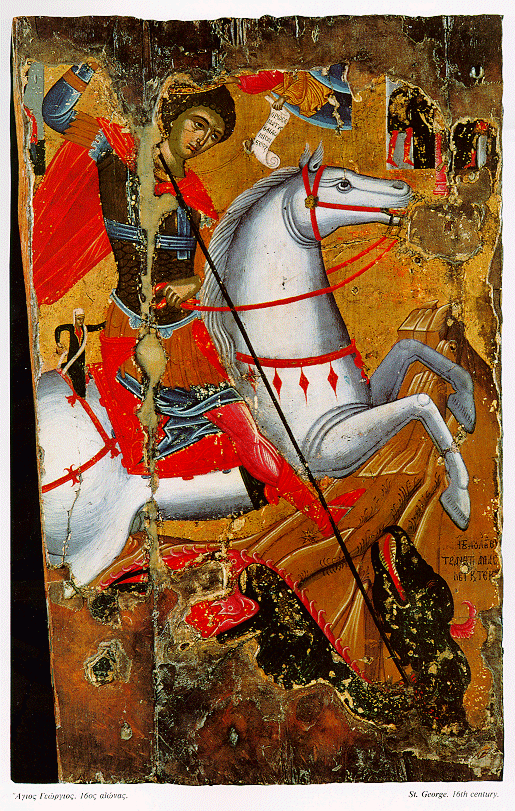



 Hungerford Arcade is
Hungerford Arcade is 








